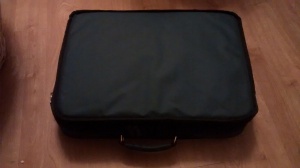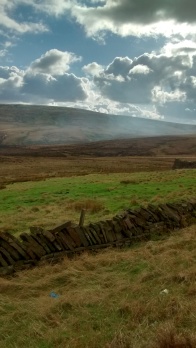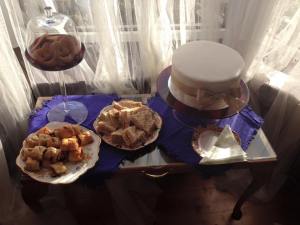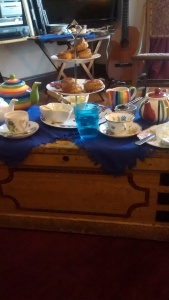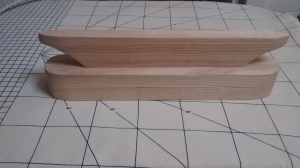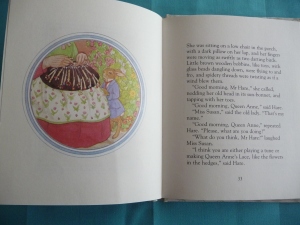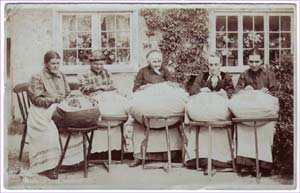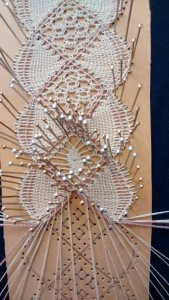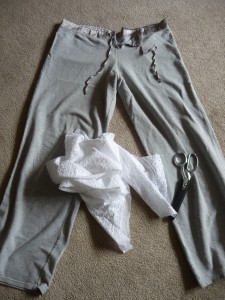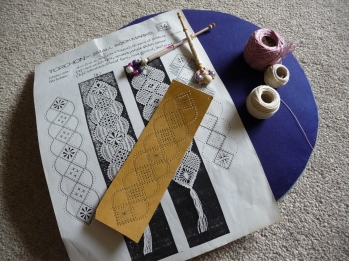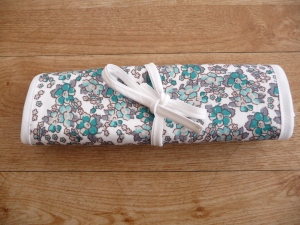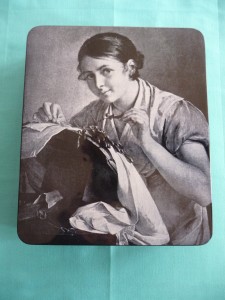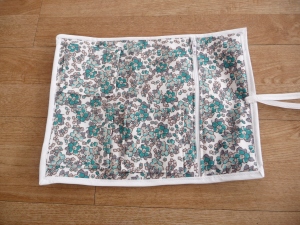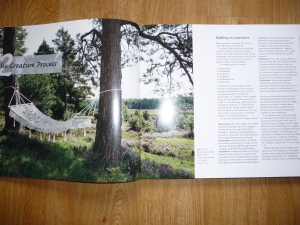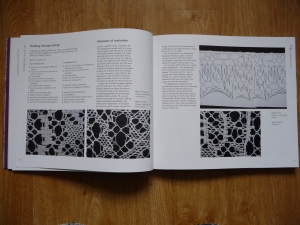Four months have passed since I’ve done any lace (and even longer since I’ve done any blogging). This isn’t unusual though- especially in winter when the nights are too dark to see the intricate stitches properly and I give in to my hibernation tendencies and just read on the sofa in my PJs once the kids are in bed. And then there was Christmas with its associated planning, shopping, nativities and parties, and I also went back to work after Mat Leave in mid-October so really the free time has been squeezed. Having said that I’ve not been entirely uncreative- I’ve been sewing quite a lot; a few tops for the girls and a number of garments for me. And I’ve had longer spells than this away from the lace but however long it’s been, it never seems to take too long to get back into it.
So from famine to feast.
This weekend felt like a real indulgence as I spent most of Saturday at North West Lacemakers and then Sunday afternoon at my friend’s house where she’d done a ‘crafternoon tea’- the basic premise being to eat cake, drink tea and make things!
Church Meadow Crafts were the suppliers at the lace meeting on Saturday. I got most of my lace making equipment from them when I got back into lace about 16 years ago but even when you think you’ve got everything you need you can always be tempted with something new. And of course, when you haven’t got time to make anything, you buy a load of stuff instead for when you will have time (right??? Or is that just me?!?)
Well anyway, I came away with a new travel cushion which they call the Lapman.
Apologies for the dark pictures
It’s really lightweight, has its own waterproof bag and has blocks so I can make bigger pieces of lace than on my small round travel pillow. It will fit nicely in the footwell of the car, under the numerous changing bags, toys and cases we need whenever we go away for the weekend. And I sometimes get to meet other crafters at work on a lunchtime so it’ll be easy to bring with me on the train. So it’s pretty perfect for my needs. (Note the post-hoc rationalisation going on with this purchase… 🙂).
I also bought this book as I’d not seen it before and I liked the look of some of the projects.
I got a bit of lace done, had a look at what others were making and listened to David Turner speak to us about the background of Church Meadow Crafts and some of the challenges involved in running both a lace supplies business and an events programme (they organise the Pudsey Lace Day and the new Haydock day).
So yeah, Saturday was good.
And then Sunday there was lace too, but with cake 🙂. It was a gorgeous drive across the tops towards Yorkshire- a sunny day which soon became snowy but the light was lovely so I had to stop the car and breathe it all in. I love my family life, but moments of solitude are what help me recharge, so even just this drive was like a mini-break to me.
And then I got there and we put the world to rights and my friends helped me solve a dilemma. And we drank tea out of proper china cups and ate sandwiches and cream scones and cake- a big cake- which was divine.
And then I couldn’t move much, but managed to finish a wing of my Honiton butterfly and bow off some pairs (with the top button of my jeans undone!)
And then I drove back through the snowy twilight to a house full of children and my parents who had arrived to stay for half term. And Dad had made a dressmakers clapper for me, which was kind of better than Valentine’s roses really.
The previous weekend rocked too, with the Yorkshire Spoolettes meet up in Dewsbury. I met some lovely new sewing friends at the meet-up and discovered some great new (to me) blogs to read and Instagram feeds to follow. Getting together with others who share your passions always inspires. (Unfortunately I was too busy chatting and shopping to get any pictures but there are some on Thimberlina’s page!)
So now I’m restored and fired up and full of potential projects. I have a shelf full of fabric ready to be cut and made into some new clothes, and my hands are itching to get back to the lace.
So it really is all pretty good right now 🙂


